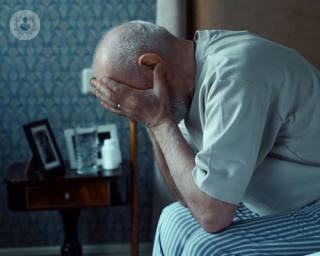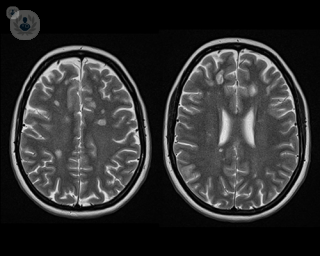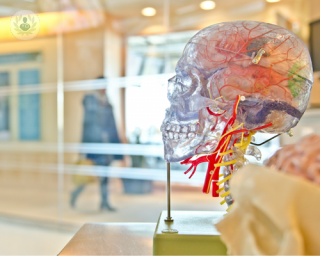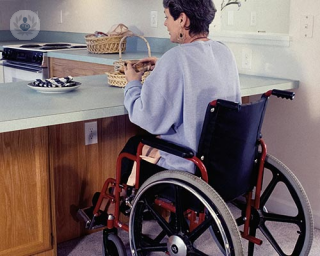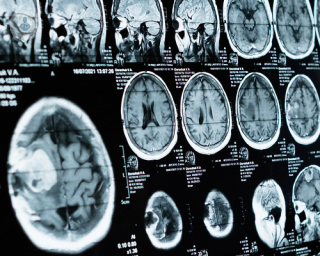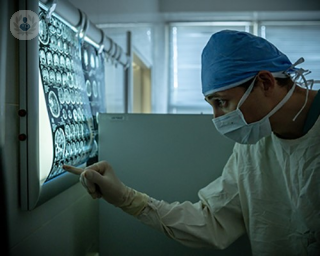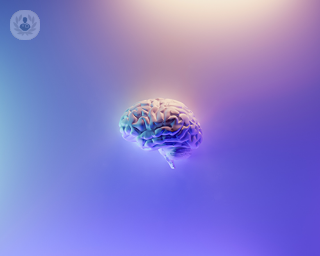
Redacción de Top Doctors
Neurología
Rehabilitation of neurological conditions: A path to recovery
Neurological conditions, such as stroke, multiple sclerosis, Parkinson’s disease, and traumatic brain injury, can profoundly impact one’s life. These conditions often affect movement, speech, memory, and other critical functions. Rehabilitation plays a vital role in managing these impacts, helping patients regain independence and improve their quality of life. Leading consultant in rehabilitation medicine, Dr Emer McGilloway, who practises at Cleveland Clinic London discusses all you need to know.

